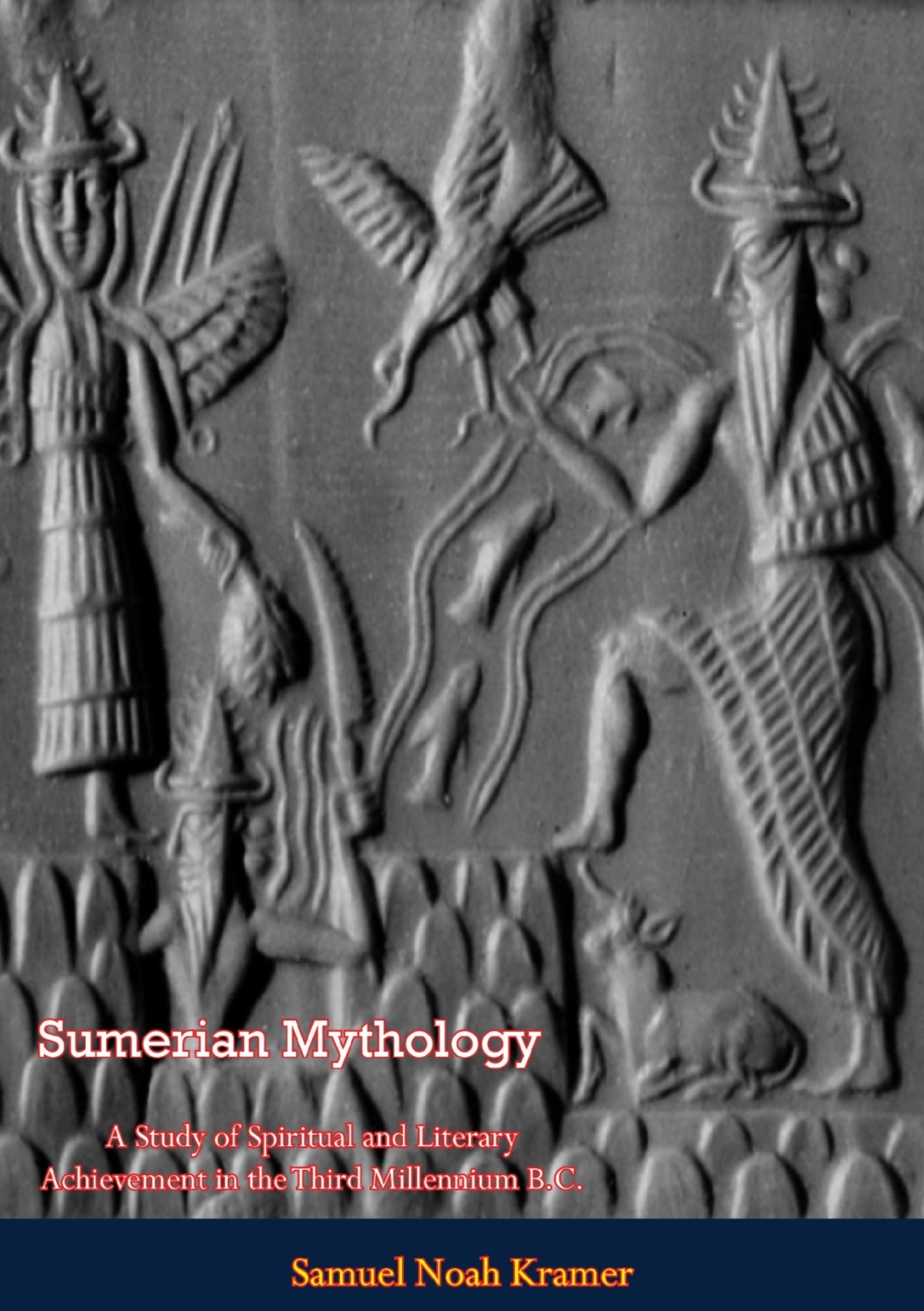

Most ebook files are in PDF format, so you can easily read them using various software such as Foxit Reader or directly on the Google Chrome browser.
Some ebook files are released by publishers in other formats such as .awz, .mobi, .epub, .fb2, etc. You may need to install specific software to read these formats on mobile/PC, such as Calibre.
Please read the tutorial at this link: https://ebookbell.com/faq
We offer FREE conversion to the popular formats you request; however, this may take some time. Therefore, right after payment, please email us, and we will try to provide the service as quickly as possible.
For some exceptional file formats or broken links (if any), please refrain from opening any disputes. Instead, email us first, and we will try to assist within a maximum of 6 hours.
EbookBell Team

4.3
98 reviewsThe Sumerians were a non-Semitic, non-Indo-European people who flourished in southern Babylonia from the beginning of the fourth to the end of the third millennium B.C. During this long stretch of time the Sumerians, whose racial and linguistic affiliations are still unclassifiable, represented the dominant cultural group of the entire Near East. This cultural dominance manifested itself in three directions:
1. It was the Sumerians who developed and probably invented the cuneiform system of writing which was adopted by nearly all the peoples of the Near East and without which the cultural progress of western Asia would have been largely impossible.
2. The Sumerians developed religious and spiritual concepts together with a remarkably well integrated pantheon which influenced profoundly all the peoples of the Near East, including the Hebrews and the Greeks. Moreover, by way of Judaism, Christianity, and Mohammedanism, not a few of these spiritual and religious concepts have permeated the modern civilized world.
3. The Sumerians produced a vast and highly developed literature, largely poetic in character, consisting of epics and myths, hymns and lamentations, proverbs and “words of wisdom.” These compositions are inscribed in cuneiform script on clay tablets which date largely from approximately 2000 B.C.